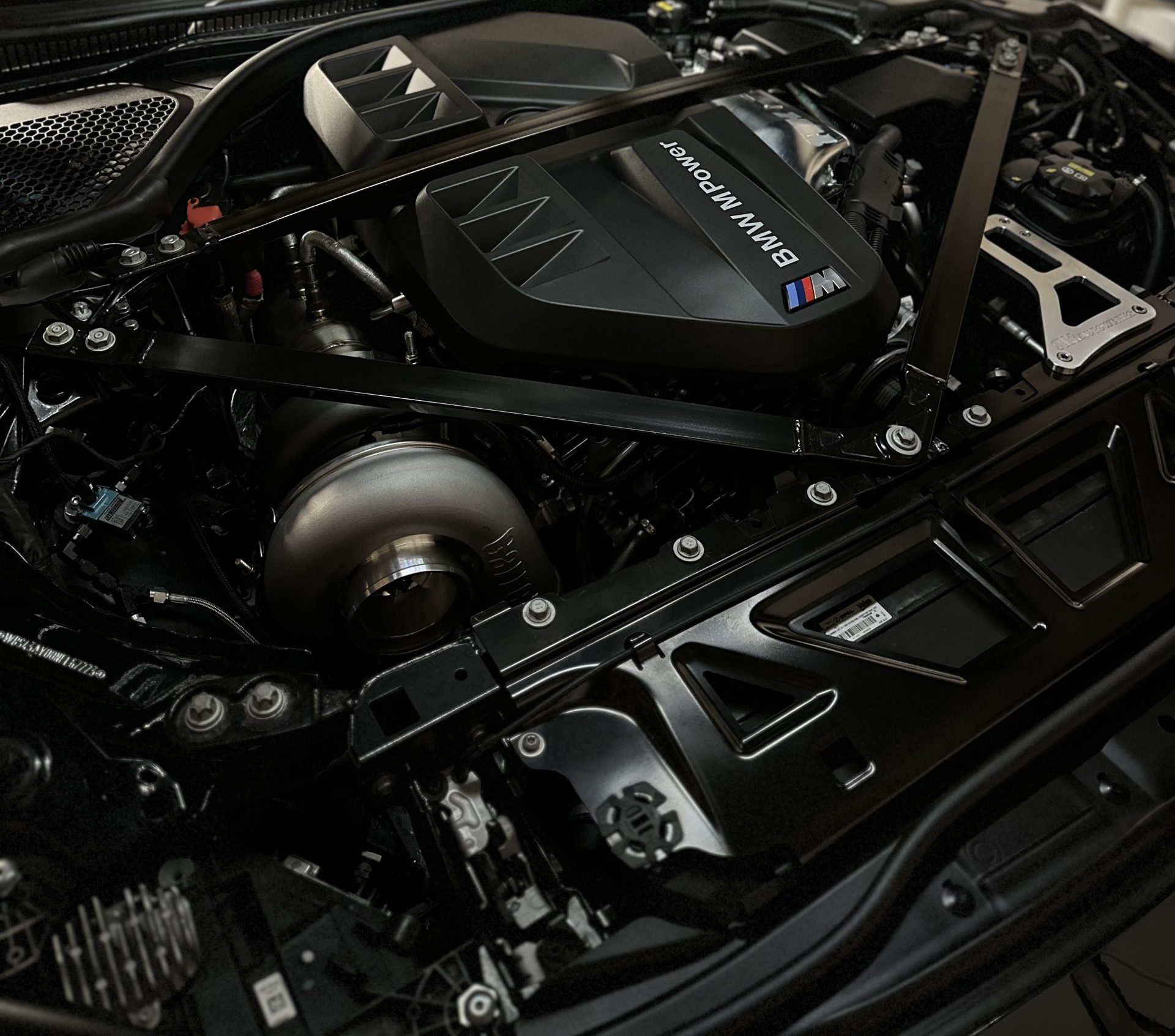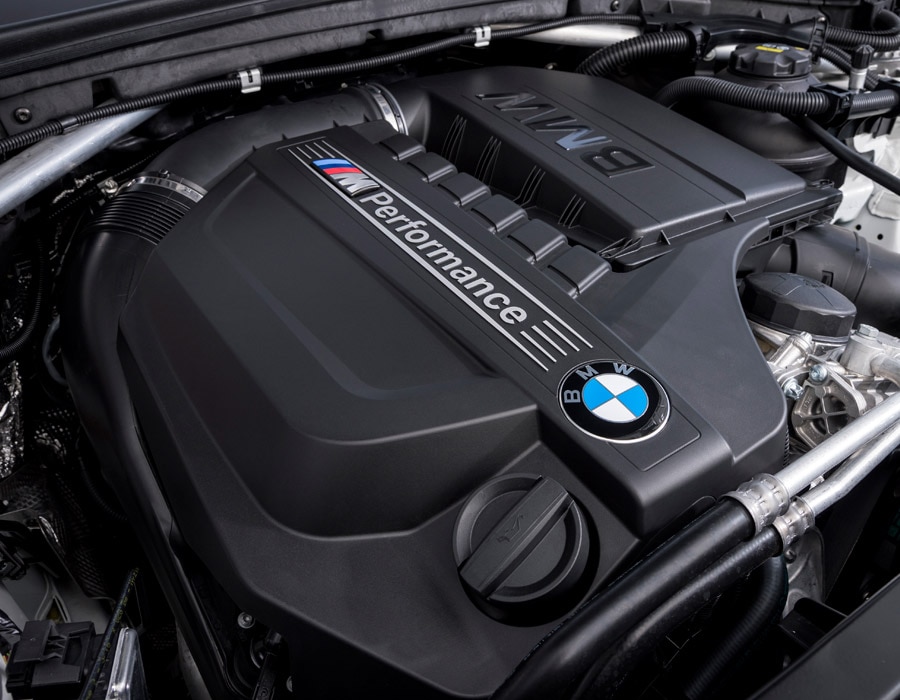Exploring the Evolution of Combustion Engines in Modern Transportation Systems
As we navigate the landscape of modern transportation, the development of combustion engines stands as a testament to human ingenuity and engineering expertise. From their modest starts to the advanced powerhouses pushing lorries today, burning engines have actually undertaken an impressive journey of technology and adaptation. Understanding the intricacies of this evolution not just loses light on the past yet likewise leads the way for envisioning what exists ahead in the realm of transportation technology. The interaction of background, innovation, and environmental problems in forming the trajectory of combustion engines creates a story that is both compelling and informative.
Very Early Beginnings of Combustion Engines
How did the idea of burning engines first emerge in the very early stages of transportation growth? The roots of combustion engines can be traced back to the 17th century when the concepts of inner combustion were very first discovered.
The breakthrough minute came with the innovation of the very first effective gasoline-powered engine by Karl Benz in 1885 - bmw engine. This engine led the way for the advancement of the contemporary auto, revolutionizing transportation systems worldwide. Subsequent developments by Nikolaus Otto and Gottlieb Daimler even more improved burning engine technology, resulting in the mass manufacturing of autos and the quick development of the transportation market
These early combustion engines were characterized by their simplicity and efficiency, laying the structure for the facility and effective engines made use of in modern transportation systems. The development of combustion engines has been instrumental in shaping the means we take a trip and deliver products, marking a considerable turning point in the history of transport development.
Change to Internal Combustion Technology
The transition to inner combustion technology noted an essential shift in the evolution of transport systems. This shift began in the late 19th century, with inventors like Nikolaus Otto and Gottlieb Daimler creating the very first successful inner combustion engines. These engines revolutionized transport by providing a more powerful and reliable alternative to vapor engines and electric motors.
Among the crucial advantages of inner combustion engines was their capacity to be scaled down to match automobiles, resulting in the development of bikes and vehicles. This change from bulky, fixed engines to compact, mobile ones led the way for the modern-day transportation systems we see today.
The change to interior burning technology likewise spurred improvements in gas technology, bring about the development of fuel and diesel as primary gas resources for cars. This change not just made transportation a lot more accessible to the masses however additionally laid the foundation for the oil and gas market to become essential to worldwide economies.
Effect of Combustion Engines on Transport
The adoption of combustion engines in transportation systems militarized a profound shift in the efficiency and rate of global movement. Burning engines changed transport by offering view it a versatile Your Domain Name and dependable source of power for numerous lorries, consisting of cars and trucks, ships, vehicles, and planes. This technology significantly enhanced the capacity for people and goods to move over fars away in shorter amount of time, resulting in boosted connectivity between regions and countries.
In addition, the prevalent usage of burning engines has actually had a significant effect on economic advancement. The ability to transfer goods efficiently has actually stimulated trade and business, allowing businesses to increase their markets and get to consumers worldwide. This has facilitated financial development and globalization, as products can now be transported much faster and in bigger amounts than ever in the past.
Nevertheless, the environmental impact of burning engines can not be ignored. The combustion of fossil gas has actually resulted in air pollution and greenhouse gas emissions, adding to climate adjustment and posing health threats to populaces. bmw engine. Therefore, there is an expanding emphasis on developing different propulsion innovations to mitigate these adverse impacts and create a much more sustainable future for transport
Developments in Burning Engine Style
One notable innovation is the development of turbocharged engines, which make use of exhaust gases to drive a generator that presses inbound air, enabling for more fuel try this to be burnt, resulting in raised power result without a substantial boost in engine size. Variable valve timing systems have actually likewise transformed engine style by optimizing air movement at various engine speeds, enhancing both power and performance. These advancements collectively contribute to the continual enhancement of combustion engines in modern-day transport systems.
Future Patterns in Combustion Engine Growth
With technology innovations driving continuous advancement, the future of combustion engine growth is poised to reinvent transport systems worldwide. One of the crucial fads in combustion engine advancement is the push in the direction of better efficiency and minimized exhausts.
Another famous fad is the fostering of hybrid innovations in burning engines. Crossbreed engines incorporate traditional combustion innovation with electrical power, supplying improved fuel effectiveness and reduced exhausts. As the auto industry shifts towards electrification, hybrid combustion engines are viewed as a transitional option that links the void in between conventional cars and completely electric ones.
Additionally, the assimilation of clever modern technologies, such as expert system and information analytics, is anticipated to play a substantial duty in the future of burning engine growth. These modern technologies can maximize engine efficiency in real-time, bring about extra reliable burning procedures and improved general car performance. Embracing these future trends will certainly not just drive technology in burning engine advancement however also contribute to an extra ecologically friendly and lasting transport community.

Conclusion
In conclusion, the evolution of burning engines in contemporary transportation systems has actually been marked by considerable developments in technology and design. From the very early beginnings of burning engines to the transition to interior burning modern technology, these engines have had an extensive effect on transportation.
The origins of combustion engines can be traced back to the 17th century when the concepts of internal burning were very first explored. These engines changed transportation by providing a more efficient and powerful alternative to heavy steam engines and electric motors.

 Emilio Estevez Then & Now!
Emilio Estevez Then & Now! Ralph Macchio Then & Now!
Ralph Macchio Then & Now! Spencer Elden Then & Now!
Spencer Elden Then & Now! Yasmine Bleeth Then & Now!
Yasmine Bleeth Then & Now! Bernadette Peters Then & Now!
Bernadette Peters Then & Now!